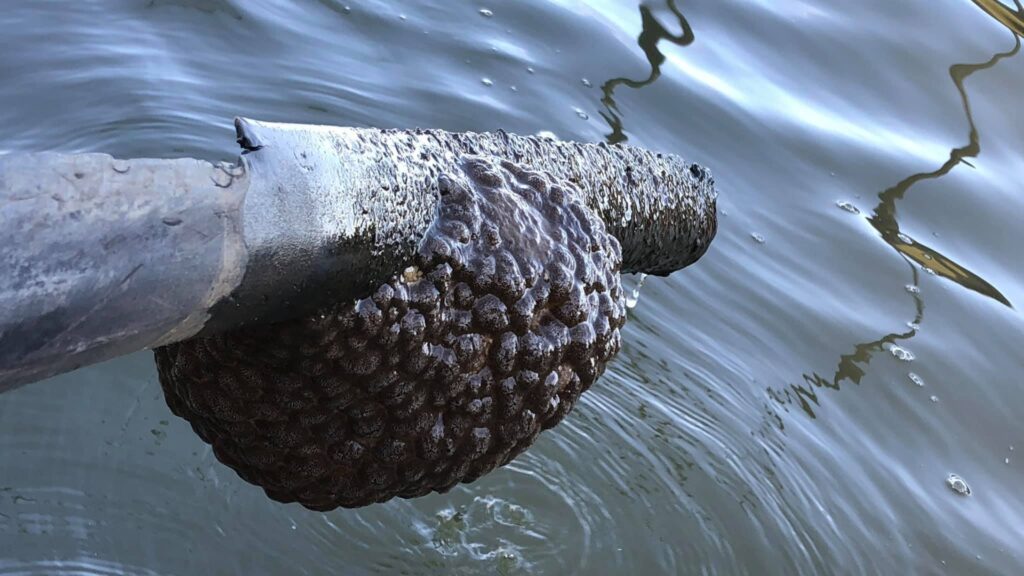
In a groundbreaking discovery that bridges the distant past to the present, scientists in California have unearthed a living fossil—a microscopic single-celled organism known as a choanoflagellate—in one of the state’s pristine freshwater lakes. This remarkable finding, shedding light on evolutionary milestones from 650 million years ago, is poised to answer questions about how single-celled organisms evolved into multicellular life forms. The choanoflagellate, while unassuming in appearance, has long been heralded as one of the closest living relatives of animals, holding the key to unlocking the origins of complex life on Earth. The discovery was made by a team of biologists from the University of California, Berkeley, during a biodiversity survey of California’s mountain lakes. While investigating microbial communities, the researchers stumbled upon the choanoflagellate, a rarity in natural habitats. This tiny organism’s biology and behavior offer a glimpse into ancient evolutionary processes, making it a cornerstone for understanding how life diversified into the intricate forms we see today.
A Tiny Organism with Monumental Implications
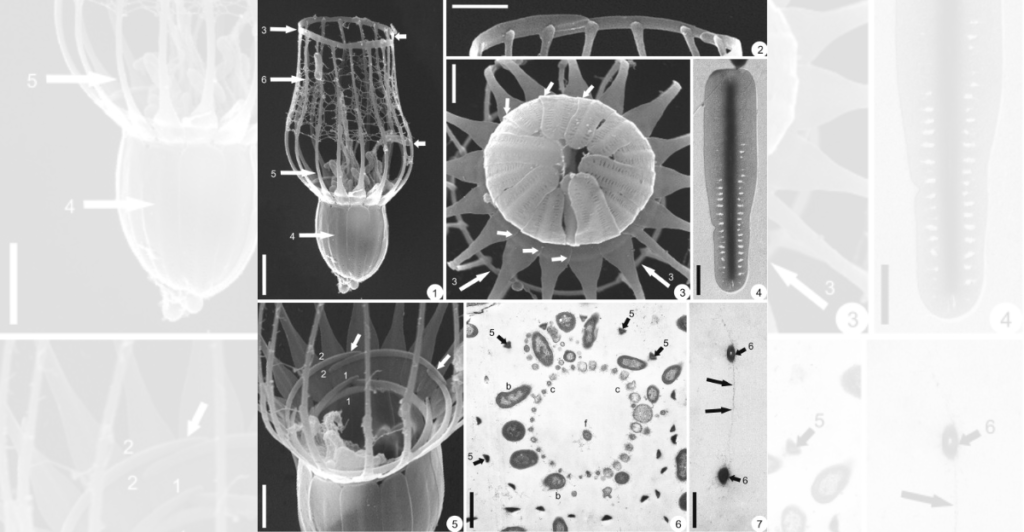
Choanoflagellates are not new to science, but their presence in such an unexpected environment—a freshwater lake in California—has sparked global interest. Measuring only 10 microns in size, these microscopic organisms use whip-like structures called flagella to draw nutrients toward themselves. Their unique morphology, resembling a “collar” surrounding the flagella, bears striking similarities to certain cells found in sponges, the simplest multicellular animals.
How Did They Find Them?

These structural parallels have fueled scientific theories suggesting that the common ancestor of animals might have looked like a choanoflagellate. The discovery allows researchers to explore how these organisms use signaling pathways, communication, and adhesion mechanisms—critical building blocks of multicellularity. In essence, studying choanoflagellates bridges the gap between single-celled microbes and multicellular animals.
Why California? Unique Environmental Conditions
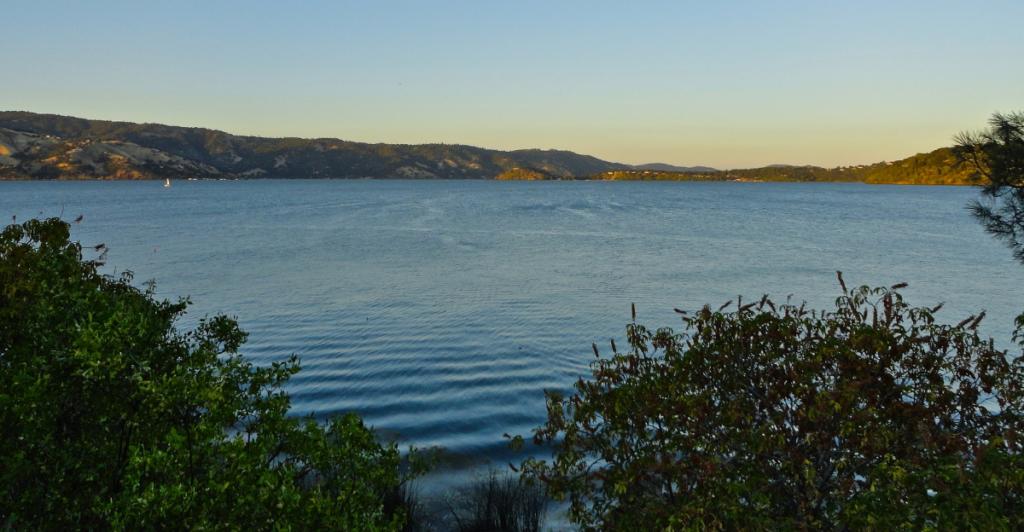
The lake in California where the choanoflagellate was found is characterized by high levels of nutrients, clear waters, and stable temperatures, creating a prime environment for ancient microbial life to thrive. According to Dr. Megan Foster, the lead researcher, these conditions are remarkably similar to those believed to have existed in Earth’s primordial oceans. “California’s lake ecosystems are biodiversity hotspots, often overlooked in evolutionary studies,” Dr. Foster stated in an interview. “This discovery highlights the importance of preserving these environments as living laboratories for understanding Earth’s history.” The findings also suggest that choanoflagellates, previously thought to inhabit mostly marine environments, are more versatile than previously understood.
Unveiling 650-Million-Year Evolutionary Secrets
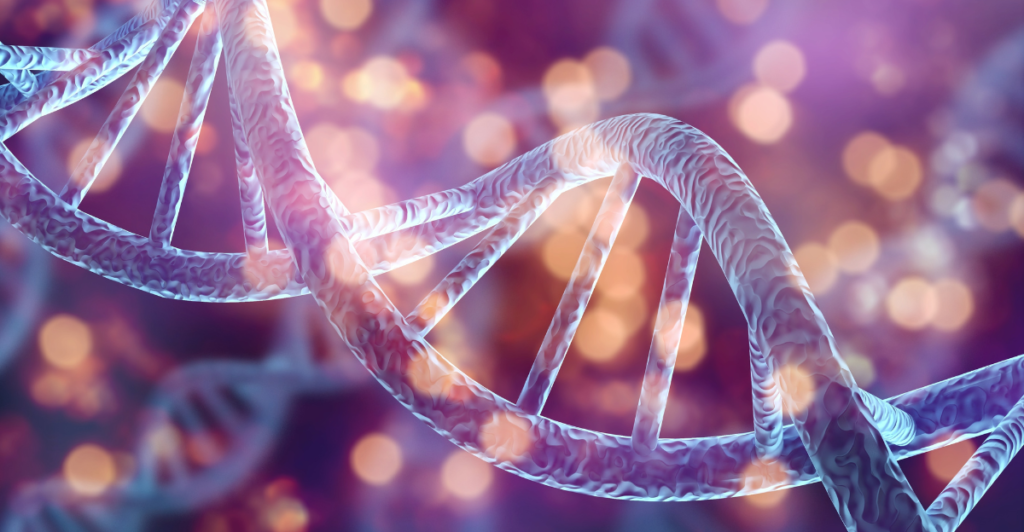
One of the most exciting aspects of the discovery lies in its potential to unravel how multicellular organisms originated. Genetic sequencing of the choanoflagellate found in California revealed ancient genes associated with cell adhesion and communication—processes essential for the formation of multicellular organisms. These genes mirror those found in modern animals, indicating that the groundwork for multicellularity was laid millions of years before animals themselves evolved.
Under The Microscope
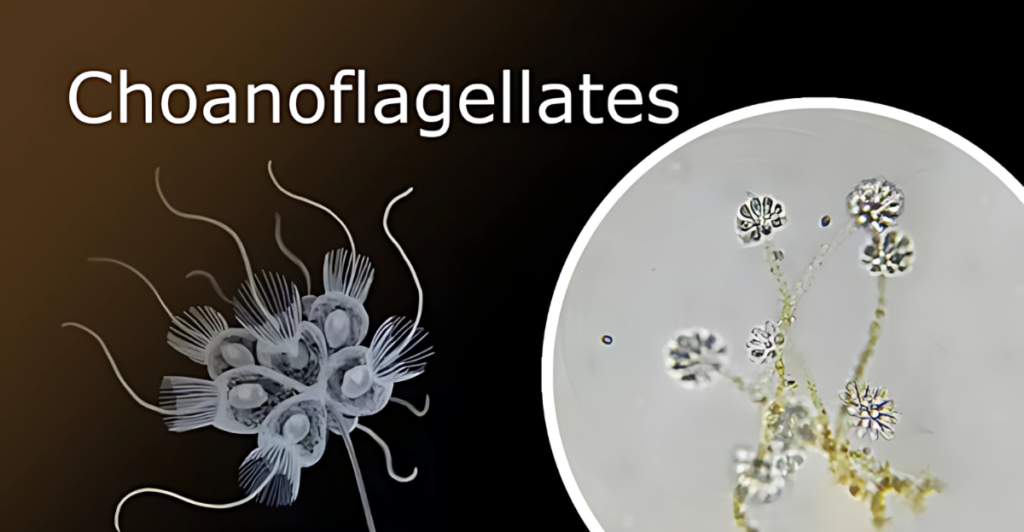
Additionally, researchers discovered evidence of cooperative behaviors among these choanoflagellates. When placed under laboratory observation, the organisms exhibited colony-like formations, providing a living snapshot of how early life might have transitioned from solitary cells to interdependent communities.
A Glimpse into Early Earth’s Ecology
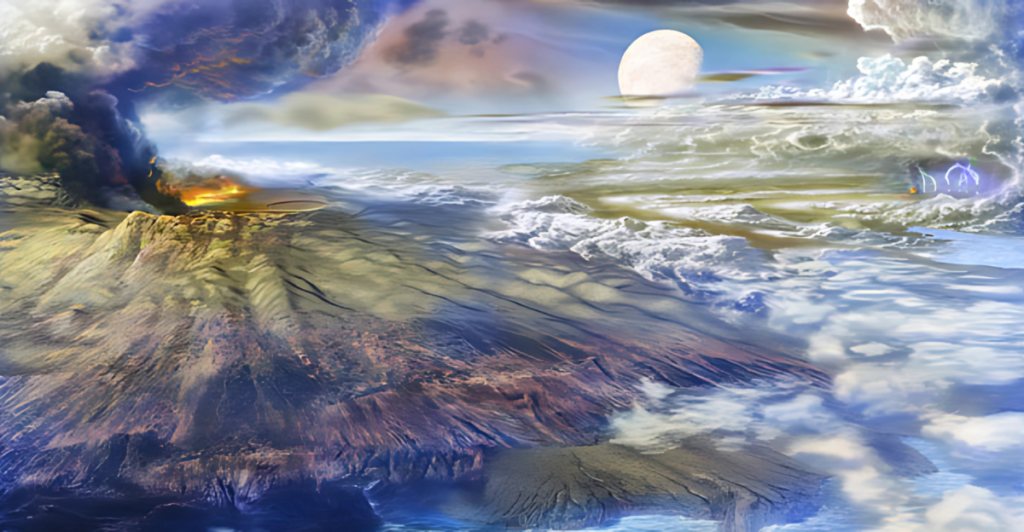
The discovery also provides insights into the ecological dynamics of pre-Cambrian Earth, a time when life was dominated by simple, single-celled organisms. The choanoflagellate’s ability to adapt to both marine and freshwater environments suggests that early life forms were highly versatile, capable of thriving in diverse habitats.
A Minute Organisms Survival
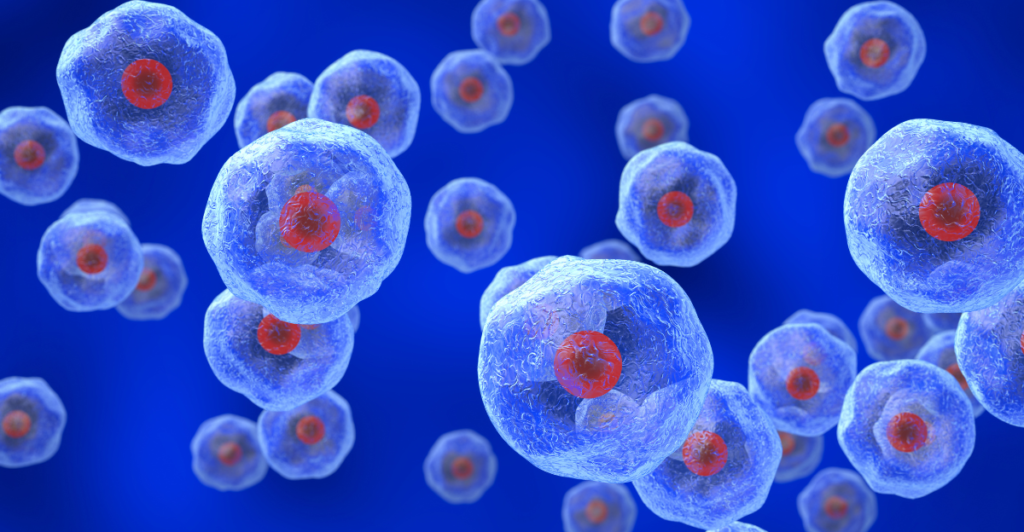
This adaptability could explain why multicellularity emerged independently multiple times in Earth’s history. By studying the environmental factors that influence choanoflagellate behavior, scientists hope to reconstruct the ecological pressures that drove the evolution of complex life forms.
Global Significance and Future Research

The implications of this discovery extend far beyond California. Choanoflagellates are now being studied worldwide to understand their genetic and molecular underpinnings. This research could have applications in medicine, particularly in understanding diseases like cancer, where cell adhesion and communication go awry.
Further Research On The Lake
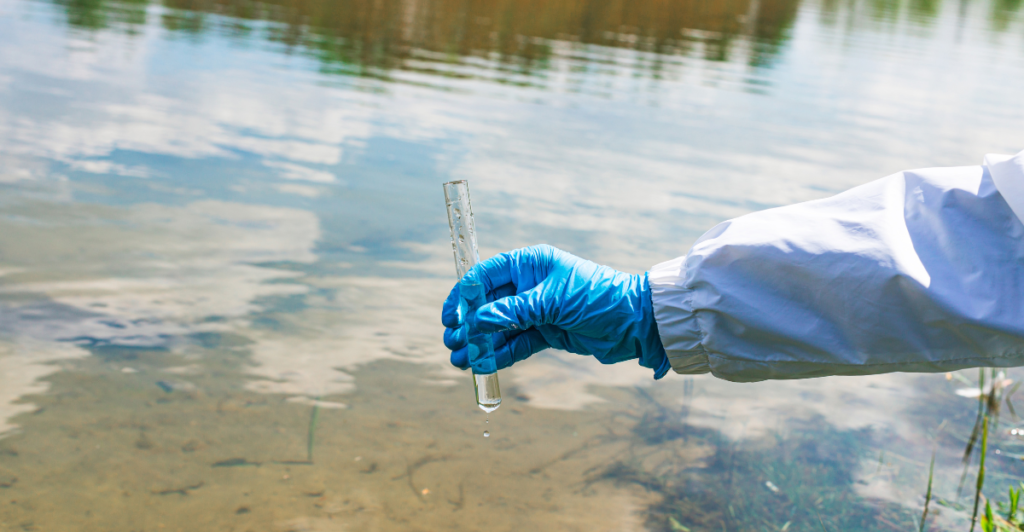
Dr. Foster’s team plans to return to the site for further studies, aiming to uncover additional microbial species that may offer more clues about life’s evolutionary journey. Collaborations with institutions across the globe are already underway to compare the newly discovered choanoflagellate with its marine counterparts.
Preserving Nature’s Living Fossils
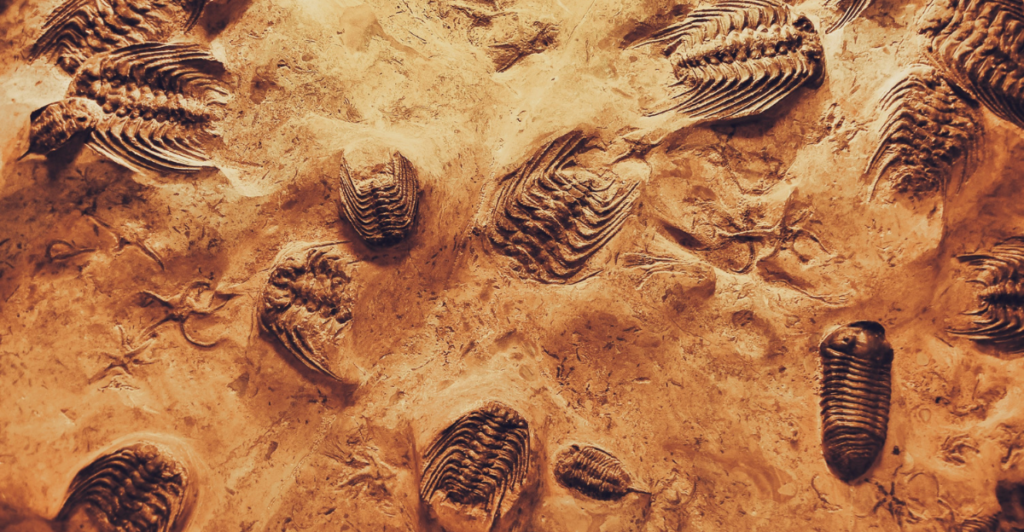
The discovery of the choanoflagellate in a California lake underscores the critical importance of conserving natural habitats. Human activity, including pollution and climate change, threatens these ecosystems, potentially erasing ancient life forms before their secrets are fully understood. Efforts are now being made to designate the lake as a protected area, ensuring its unique biodiversity remains intact for future research. Advocacy groups are calling for increased funding to support similar biodiversity studies in other freshwater ecosystems worldwide.
A Window into the Distant Past
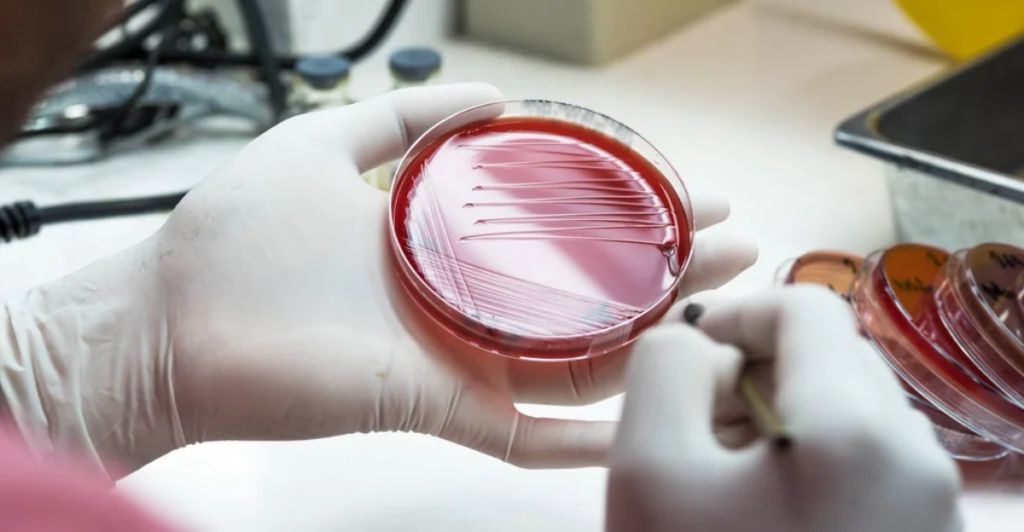
The choanoflagellate discovery is more than a scientific milestone—it’s a window into the distant past, offering clues about the origins of life itself. By studying this unassuming organism, researchers are piecing together the puzzle of how single-celled life transitioned into the complex web of multicellular organisms that populate our planet today.
Adapting To Life
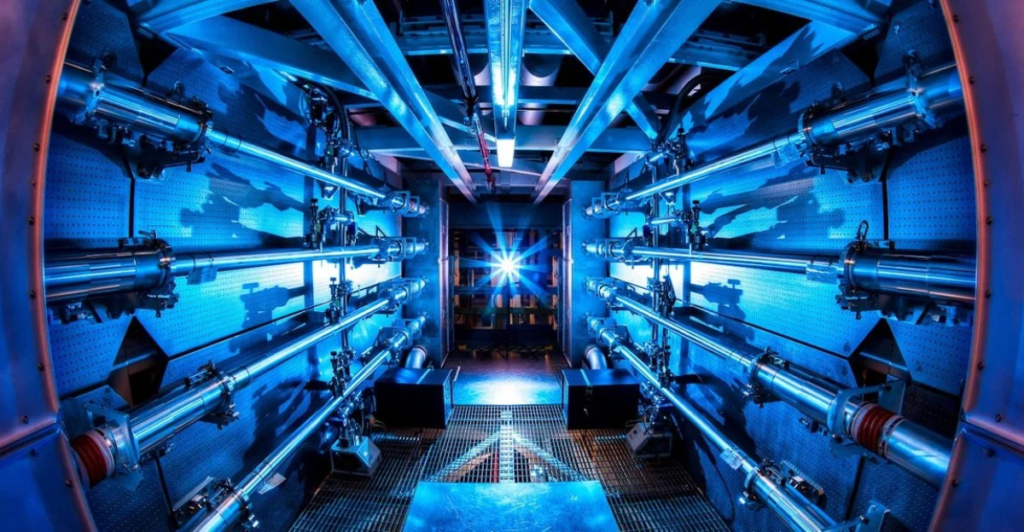
As scientists continue to explore its biology and genetic makeup, the choanoflagellate serves as a reminder of how much Earth’s ancient ecosystems still have to teach us. This discovery isn’t just about looking back—it’s about understanding the building blocks of life to inform future scientific breakthroughs.
Discover more of our trending stories and follow us to keep them appearing in your feed

Scientists Uncover Ancient ‘Hotspot’ That Shaped the Great Lakes Long Before North America Existed
Top 12 Dormant Volcanoes That Could Erupt at Anytime
“There Will Be Eruptions”: Concerns Mount as Yellowstone Supervolcano Activity Shifts
Climate Change Overestimated? New Data Shows Oceans Are Cooling The Planet Faster Than Predicted
References:
Reference 1
Reference 2
This article first appeared here
Stay connected with us for more stories like this! Follow us to get the latest updates or hit the Follow button at the top of this article, and let us know what you think by leaving your feedback below. We’d love to hear from you!







